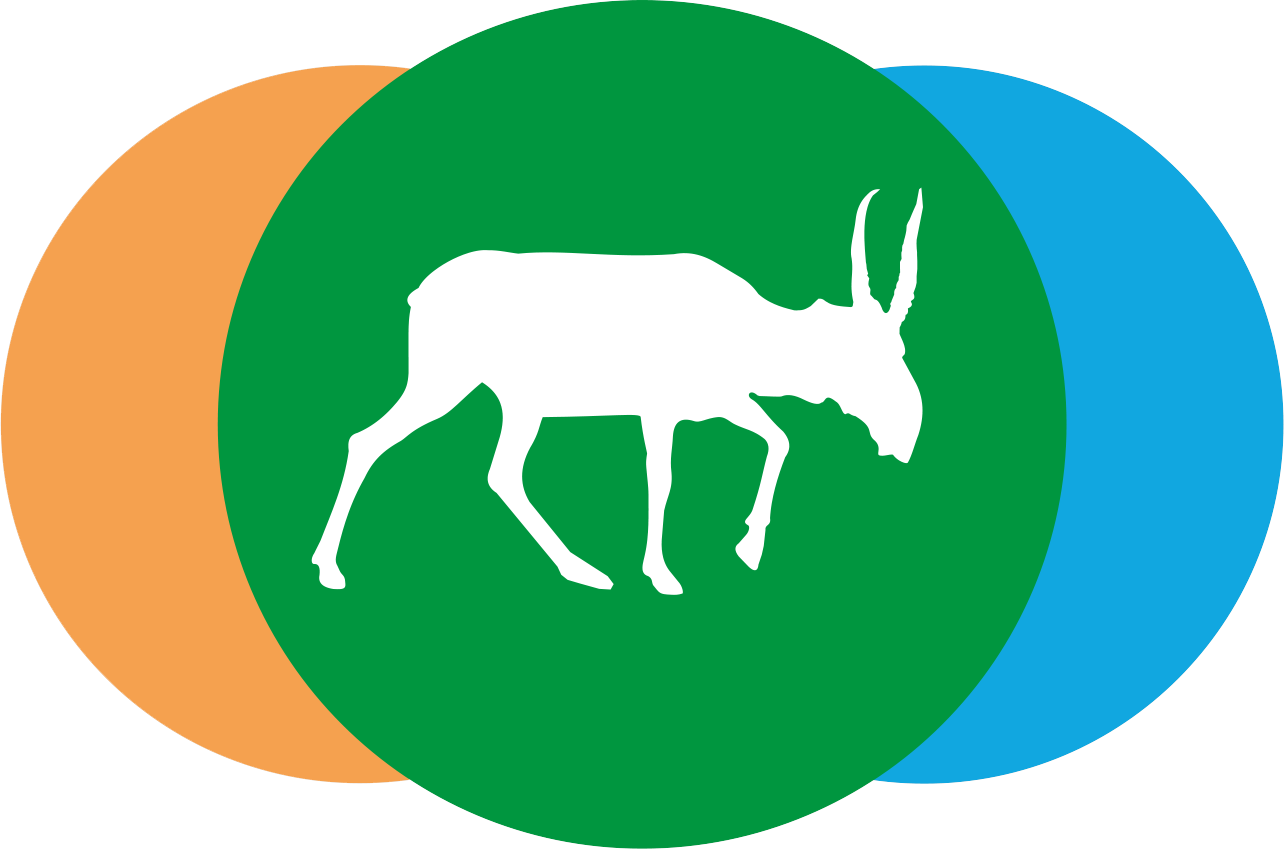Authors: Ravil I. Mukhamediev, Timur Merembayev, Yan Kuchin, Dmitry Malakhov, Elena Zaitseva, Vitaly Levashenko, Yelena Popova, Adilkhan Symagulov, Gulshat Sagatdinova and Yedilkhan Amirgaliyev
Abstract: Climate change, uneven distribution of water resources and anthropogenic impact have led to salinization and land degradation in the southern regions of Kazakhstan. Identification of saline lands and their mapping is a laborious process associated with a complex of ground measurements. Data from remote sensing are widely used to solve this problem. In this paper, the problem of assessing the salinity of the lands of the South Kazakhstan region using remote sensing data is considered.
![]() To download full version of article in PDF format – open in new tab
To download full version of article in PDF format – open in new tab
The aim of the study is to analyze the applicability of machine learning methods to assess the salinity of agricultural lands in southern Kazakhstan based on remote sensing. The authors present a salinity dataset obtained from field studies and containing more than 200 laboratory measurements of soil salinity. Moreover, the authors describe the results of applying several regression reconstruction algorithms (XGBoost, LightGBM, random forest, Support vector machines, Elastic net, etc.), where synthetic aperture radar (SAR) data from the Sentinel-1 satellite and optical data in the form of spectral salinity indices are used as input data.
The obtained results show that, in general, these input data can be used to estimate salinity of the wetted arable land. XGBoost regressor (R2 = 0.282) showed the best results. Supplementing the radar data with the values of salinity spectral index improves the result significantly (R2 = 0.356). For the local datasets, the best result shown by the model is R2 = 0.473 (SAR) and R2 = 0.654 (SAR with spectral indexes), respectively. The study also revealed a number of problems that justify the need for a broader range of ground surveys and consideration of multi-year factors affecting soil salinity.
Key results of the article: (i) a set of salinity data for different geographical zones of southern Kazakhstan is presented for the first time; (ii) a method is proposed for determining soil salinity on the basis of synthetic aperture radar supplemented with optical data, and this resulted in the improved prediction of the results for the region under consideration; (iii) a comparison of several types of machine learning models was made and it was found that boosted models give, on average, the best prediction result; (iv) a method for optimizing the number of model input parameters using explainable machine learning is proposed; (v) it is shown that the results obtained in this work are in better agreement with ground-based measurements of electrical conductivity than the results of the previously proposed global model.
